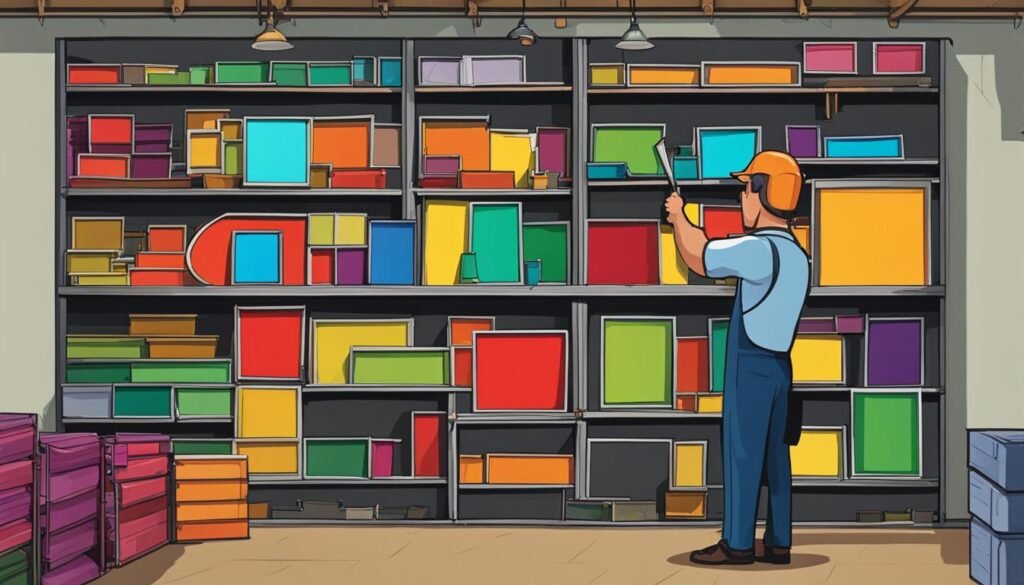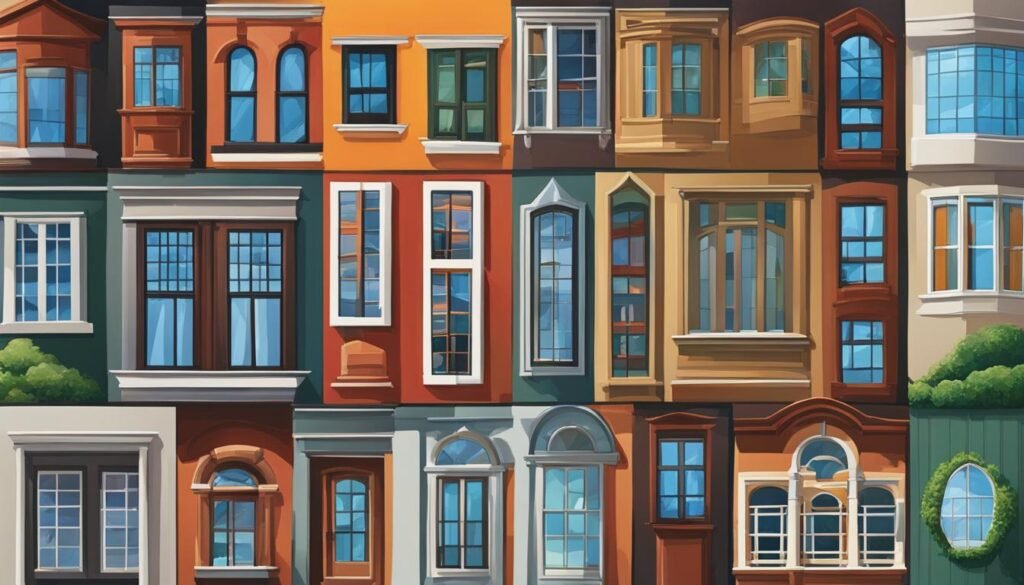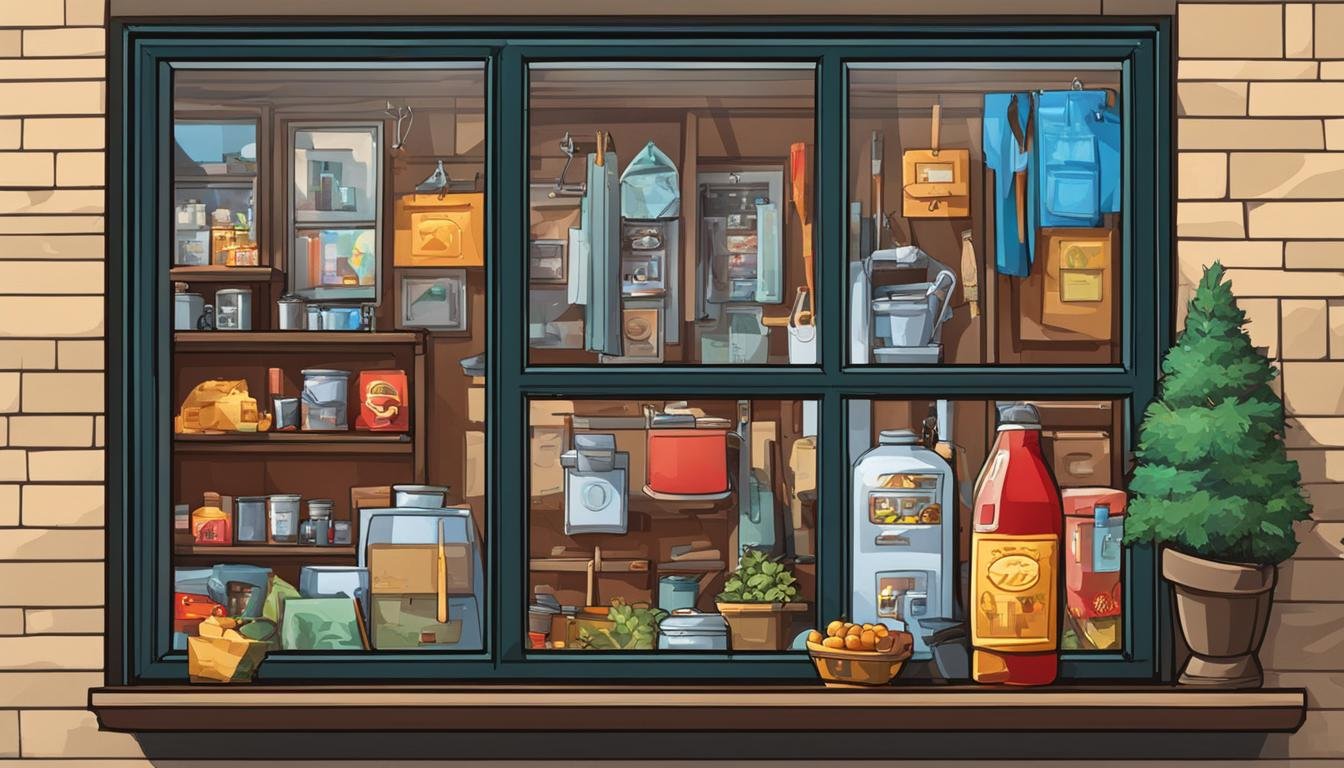Windows can be a significant investment for homeowners, and many people wonder why they come with such a high price tag. There are several factors that contribute to the expensive cost of windows.
Firstly, windows are often highly customizable, with different features, colors, and finishes available. This customization adds to the overall cost as each window needs to be custom ordered and crafted for each individual homeowner.
The materials used in windows, such as wood, vinyl, aluminum, or fiberglass composite, also impact the cost. The sourcing, production, and construction of these materials all contribute to the final price.
Additionally, the use of multiple panes of glass and energy-efficient technologies, like Argon or Krypton gas, adds to the cost. The brand of windows can also affect the price, with premium brands like Pella, Marvin, or Andersen commanding higher prices due to their extensive research and development efforts.
Shipping costs, labor expenses, installation materials, and additional construction costs for disposing of old windows are also factors that contribute to the overall expense of windows.
Key Takeaways:
- Windows are expensive due to customization, materials, and technologies used.
- Customization adds to the overall cost as each window is made to order.
- The choice of window materials greatly impacts the cost.
- Energy-efficient technologies and premium brands increase the price.
- Additional expenses include shipping, labor, installation materials, and disposal of old windows.
The Impact of Customization on Window Prices
When it comes to purchasing windows, customization plays a significant role in determining the final cost. Homeowners often have specific requirements and preferences in mind, leading to the need for custom ordered windows with unique features. This level of customization adds to the overall expense of windows.
Each window is carefully crafted to meet the individual homeowner’s specifications, resulting in a higher price tag. Whether it’s the color, finish, or special design elements, custom windows require additional time and resources to manufacture. The labor and materials involved in creating these one-of-a-kind windows contribute to their higher cost.
Furthermore, the ability to personalize windows comes with its own set of perks. Homeowners can choose features that enhance energy efficiency, improve security, or match the overall aesthetic of their homes. While customization adds to the expense, it allows homeowners to create windows that align perfectly with their vision and needs.

Benefits of Customization
- Personalized design that complements the home’s architecture and interior
- Ability to incorporate energy-efficient technologies for long-term savings
- Enhanced security features for peace of mind
- Increased resale value due to unique and high-quality windows
In the world of window shopping, customization may come with a higher price tag, but it opens the door to a truly personalized and exceptional home improvement experience.
Factors Affecting Window Material Costs
When it comes to the cost of windows, the choice of material plays a significant role. Different window materials have varying production and sourcing costs, which ultimately impact the price you pay. Here’s an analysis of the most common window materials and their impact on prices:
- Wood: Wood windows are known for their durability and classic aesthetic appeal. However, these benefits come at a higher cost compared to other materials. The natural sourcing and intricate craftsmanship involved in manufacturing wood windows contribute to their higher price tag.
- Vinyl: Vinyl windows are popular for their affordability and low maintenance. They are made from PVC (polyvinyl chloride) and are resistant to corrosion, making them a cost-effective option. The mass production of vinyl windows also helps keep their prices competitive.
- Aluminum: Aluminum windows offer strength and durability while providing a sleek, modern look. The production process and sourcing of aluminum contribute to its higher price compared to vinyl. However, aluminum windows are known for their longevity, making them a worthwhile investment.
- Fiberglass Composite: Fiberglass composite windows combine the benefits of different materials, such as PVC and wood or aluminum. This hybrid material strikes a balance between affordability and durability. Fiberglass composite windows offer excellent insulation properties and are resistant to warping and rotting.
The choice of window material is a significant factor to consider when budgeting for window replacements. While wood windows may be more expensive initially, their longevity and timeless appeal can make them a worthwhile investment. On the other hand, vinyl and aluminum windows offer more affordable options without sacrificing quality and durability. Fiberglass composite windows provide a middle ground, offering a combination of affordability and performance.
Ultimately, the decision on which material to choose should be based on your budget, aesthetic preferences, and long-term goals. Consulting with a professional installer can help you make an informed decision that aligns with your needs and budget.
Understanding Window Styles and Installation Costs
When it comes to windows, there is a wide variety of styles to choose from, each with its own unique features and price points. Understanding the different window styles and how they impact installation costs can help homeowners make informed decisions within their budget.
Popular Window Types
One of the most popular window types is the double-hung window, which features two vertically sliding sashes that can be opened from the top or bottom. This classic style is versatile and fits well with various architectural designs, making it a popular choice among homeowners. Other popular window styles include single-hung windows, casement windows, sliding windows, and bay windows.
The double-hung and single-hung windows are more common in traditional homes, while casement windows, with their hinged side that opens outward, are often found in modern or contemporary designs. Sliding windows, which glide horizontally, are commonly used in spaces where vertical clearance is limited. Bay windows, on the other hand, offer a more dramatic look and create additional interior space.
Impact of Window Style on Prices
Window prices can vary based on the style chosen. Generally, more intricate or custom window styles tend to be more expensive due to the additional fabrication costs and installation complexity. For example, bay or bow windows, which require specialized construction to create the curved shape, may cost more than standard windows.
Additionally, the size of the windows can also impact the prices. Larger windows typically require more materials and additional labor during installation, leading to higher costs. It’s important to consider both the style and size of windows when budgeting for replacements to ensure they meet both aesthetic and practical needs.

Window Installation Costs
Window installation costs can vary depending on several factors, including the complexity of the project, the number of windows being replaced, and the location of the windows. Installing new windows in hard-to-reach areas or on higher floors may require additional equipment or manpower, resulting in higher installation costs. Similarly, replacing multiple windows at once can lead to reduced installation costs per window compared to individual replacements.
It’s important to consider the overall cost of both the windows and the installation when budgeting for window replacements. Working with reputable and experienced window installation professionals can ensure that the job is done correctly and efficiently, minimizing the risk of future issues and additional costs.
Conclusion
Replacing windows can be a significant investment, but there are ways to save money and make the process more budget-friendly. When planning a window replacement project, it’s essential to consider the various factors that contribute to the overall cost. By understanding these factors, homeowners can make informed decisions and save money along the way.
Window Replacement Costs
Window replacement costs can vary depending on factors such as the size, material, and style of the windows, as well as the complexity of the installation. It’s crucial to set a realistic budget based on these factors to avoid any unexpected expenses. Researching and obtaining multiple quotes from different installers or contractors can provide a better understanding of pricing in the market, helping homeowners make more informed decisions.
Budgeting for Window Replacements
When budgeting for window replacements, it’s important to consider the long-term benefits and potential energy savings that come with installing energy-efficient windows. While these windows may have a higher upfront cost, they can lead to significant savings on energy bills over time. By factoring in these energy savings, homeowners can make a more accurate assessment of the overall value and affordability of different window options.
Ways to Save Money on Windows
There are several ways to save money on windows without compromising on quality. One option is to choose contractor- or builder-grade windows instead of custom ones, as these tend to be more affordable. Additionally, negotiating prices with installers or contractors and avoiding unnecessary extras can help reduce costs. Homeowners should also explore available tax credits, rebates, and low-interest loans that may be applicable to window replacement projects, providing additional financial relief.
FAQ
Why are windows so expensive?
Windows can be a significant investment due to factors such as customization, materials used, energy-efficiency technologies, brand, shipping costs, labor expenses, and installation materials.
How does customization affect window prices?
Windows are often custom ordered and crafted to meet each homeowner’s specific requirements, which adds to the overall cost.
What impact does the choice of material have on window prices?
The materials used in windows, such as wood, vinyl, aluminum, or fiberglass composite, impact the cost due to sourcing, production, and construction expenses.
How do window styles and installation costs affect prices?
Different window styles and types, as well as the complexity of installation, can contribute to varying price ranges for windows.
How can homeowners save money on window replacements?
Homeowners can save money by choosing contractor- or builder-grade windows, avoiding unnecessary extras, negotiating prices, comparing quotes, and utilizing tax credits, rebates, and low-interest loans.

